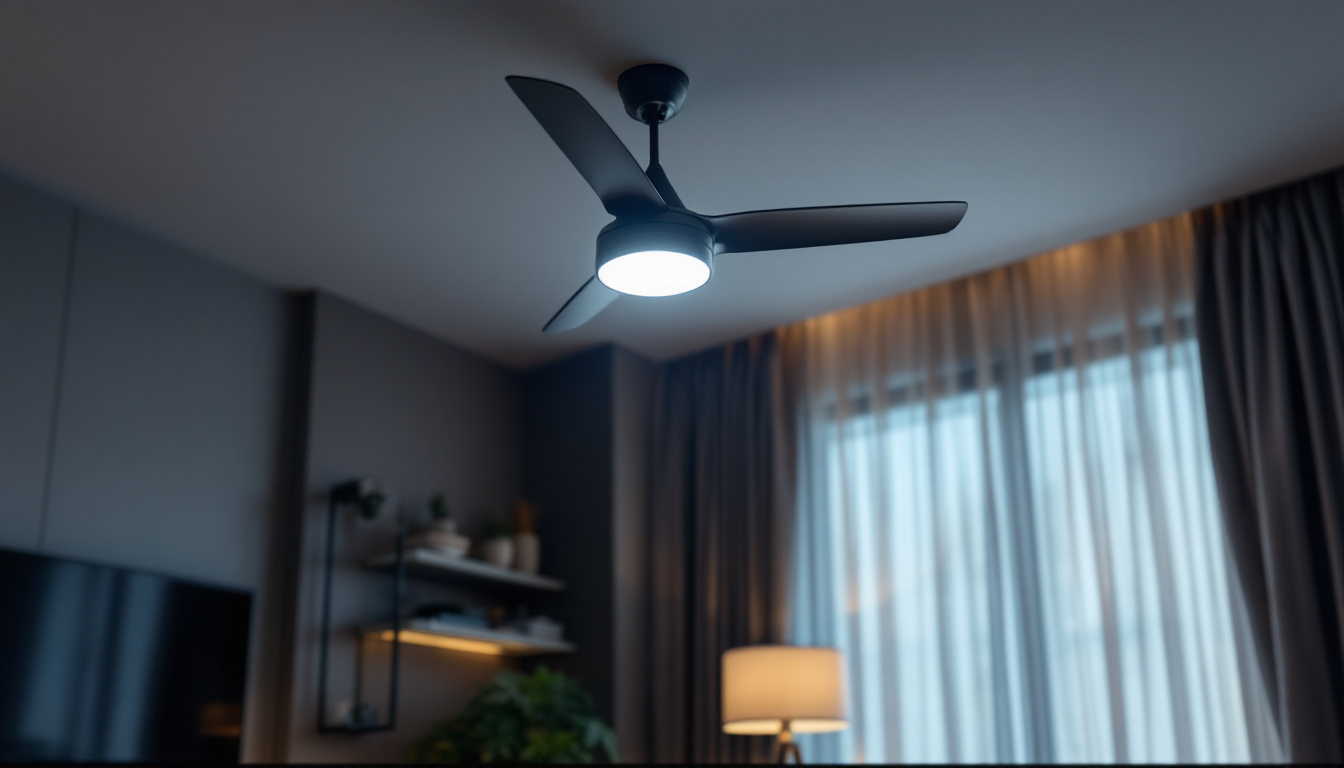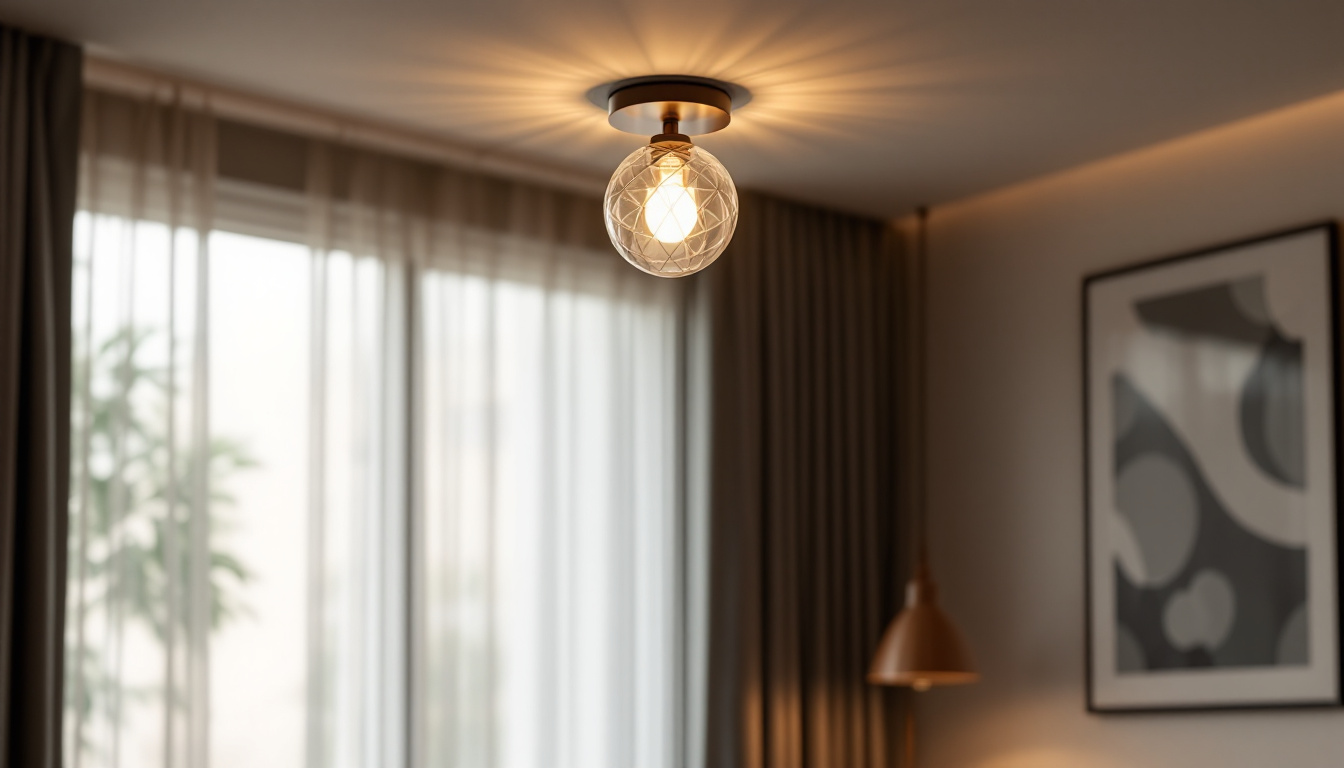

In the ever-evolving world of lighting solutions, flood lights equipped with motion sensors have emerged as a vital component for both residential and commercial applications. For lighting contractors, understanding the intricacies of these fixtures is essential for effective installation and client satisfaction. This article delves into the essential facts surrounding flood lights with motion sensors, exploring their benefits, installation considerations, and maintenance practices.
Flood lights are powerful lighting fixtures designed to illuminate large areas. When combined with motion sensors, these lights offer enhanced security and energy efficiency. motion sensors detect movement within a specified range, triggering the flood light to turn on, which can deter potential intruders and provide illumination when needed.
There are primarily two types of motion sensors used in flood lights: passive infrared (PIR) sensors and dual technology sensors. PIR sensors detect changes in infrared radiation, which is emitted by warm bodies, while dual technology sensors combine PIR with microwave sensors to reduce false triggers.
Choosing the right type of motion sensor is crucial for the effectiveness of the flood light. PIR sensors are typically more cost-effective and suitable for residential applications, whereas dual technology sensors offer greater reliability in commercial settings where false alarms can be costly. Additionally, some modern flood lights come equipped with adjustable sensitivity settings, allowing users to customize how responsive the lights are to movement, which can be particularly useful in areas with frequent wildlife activity.
Integrating motion sensors into flood lights provides numerous advantages. One of the most significant benefits is energy efficiency. By illuminating only when movement is detected, these lights can drastically reduce electricity consumption compared to traditional flood lights that remain on continuously.
Moreover, these lights enhance security. The sudden burst of light can startle potential intruders, making properties less appealing targets. Additionally, homeowners and business owners appreciate the convenience of having lights that automatically activate, providing safety during late-night arrivals or outdoor activities. Beyond security, flood lights with motion sensors can also improve visibility for outdoor gatherings or activities, creating a welcoming atmosphere while ensuring that pathways and entrances are well-lit. This feature is especially beneficial for families with children or pets, as it helps to prevent accidents in dark areas.
Proper installation of flood lights with motion sensors is vital to ensure optimal performance. Lighting contractors must consider several factors, including the location of the fixtures, the angle of the sensors, and the power source.
The placement of flood lights is critical. Ideally, they should be installed at strategic points around the property, such as entryways, driveways, and dark corners. It is essential to avoid placing them too high, as this can limit the sensor’s ability to detect movement effectively.
Additionally, contractors should consider the coverage area of the motion sensors. Each sensor has a specific detection range, typically measured in feet. Understanding the layout of the property will aid in determining the number of flood lights required and their optimal positioning. For instance, if the property features large trees or structures, these may obstruct the sensor’s line of sight, necessitating adjustments in placement to ensure comprehensive coverage. Furthermore, it is beneficial to install lights in areas where they can illuminate potential hiding spots, thus enhancing overall security.
Adjusting the angle and sensitivity of the motion sensor is another crucial aspect of installation. Most motion sensors allow for adjustments to the detection angle, which can be fine-tuned based on the layout of the property. A wider angle may cover more area but can also lead to false triggers from passing cars or animals.
Furthermore, sensitivity settings should be calibrated to balance responsiveness with the potential for false alarms. A well-calibrated sensor will activate the flood light only when necessary, ensuring it remains a reliable security feature. In addition to sensitivity, some advanced motion sensors come equipped with features like pet immunity, which can help reduce unnecessary activations caused by small animals. This is particularly useful for homes with pets, as it allows homeowners to maintain security without the annoyance of frequent light activations. Moreover, considering the time of day and seasonal changes can also impact sensor performance, as shadows cast by trees or buildings may affect detection during certain times of the year.
Flood lights with motion sensors can be powered by various sources, including hardwired connections and solar power. Each option has its advantages and disadvantages, and the choice often depends on the specific needs of the client.
Hardwired flood lights are connected directly to the electrical system of the building. This option provides a consistent power supply and is ideal for high-usage areas. However, installation can be more complex, requiring knowledge of electrical systems and local building codes.
Contractors must ensure that all wiring is done safely and meets regulatory standards. Proper grounding and circuit protection are essential to prevent electrical hazards.
Solar-powered flood lights offer a sustainable alternative, utilizing solar panels to harness energy from the sun. These lights are particularly beneficial in remote areas where electrical access is limited. However, they may not provide the same intensity of light as hardwired options and can be affected by weather conditions.
When installing solar-powered flood lights, contractors should consider the location of the solar panel to ensure it receives adequate sunlight throughout the day. This will maximize the efficiency and longevity of the lighting system.
To ensure the longevity and effectiveness of flood lights with motion sensors, regular maintenance is essential. Clients should be educated on the importance of upkeep, and contractors should provide guidance on best practices.
Conducting routine inspections is vital to identify any issues early on. Contractors should recommend checking the fixtures for dirt or debris that may obstruct the sensor’s view or the light’s output. Cleaning the lenses and ensuring the sensors are free from obstructions can significantly enhance performance.
Additionally, inspecting the wiring and connections for any signs of wear or damage is crucial. Any frayed wires or loose connections should be addressed immediately to prevent electrical failures.
As environmental conditions change, it may be necessary to adjust the settings of the motion sensors. For example, seasonal changes can affect the frequency of false triggers due to increased animal activity or changes in foliage. Regularly revisiting the sensitivity and angle settings can help maintain optimal performance.
Contractors should encourage clients to monitor the performance of their flood lights and report any irregularities. This proactive approach can prevent minor issues from escalating into more significant problems.
Lighting contractors must remain informed about local regulations and safety standards concerning outdoor lighting installations. Compliance with these regulations is crucial not only for legal reasons but also for ensuring the safety of the installation.
Different regions may have specific codes governing outdoor lighting, including restrictions on light pollution and energy efficiency standards. Familiarity with these codes is essential for contractors to avoid penalties and ensure that installations are up to standard.
Contractors should also be aware of any requirements for permits when installing flood lights, especially in commercial settings. This knowledge will streamline the installation process and enhance client trust.
Safety should always be a priority during installation. Contractors must adhere to safety protocols, including wearing appropriate personal protective equipment (PPE) and following electrical safety guidelines. Ensuring that all installations are secure and properly grounded can prevent accidents and injuries.
Additionally, educating clients about safety practices, such as avoiding direct contact with live wires and understanding the operation of the motion sensors, can enhance overall safety.
The lighting industry is continually evolving, with new technologies emerging that enhance the functionality and efficiency of flood lights with motion sensors. Staying abreast of these trends will allow contractors to offer the best solutions to their clients.
Smart lighting technology is becoming increasingly popular, allowing for greater control and customization of lighting systems. Flood lights with motion sensors can now be integrated into smart home systems, enabling users to control their lighting through mobile apps or voice commands.
This integration not only enhances convenience but also allows for advanced features such as scheduling and remote access. Contractors should familiarize themselves with these technologies to provide clients with cutting-edge solutions.
LED technology has revolutionized the lighting industry, offering energy-efficient and long-lasting options for flood lights. Many manufacturers are now producing LED flood lights with built-in motion sensors, providing a sustainable choice for clients.
As awareness of energy consumption grows, contractors should promote the benefits of LED flood lights, including lower electricity bills and reduced environmental impact. Educating clients about the advantages of switching to LED can lead to increased sales and satisfied customers.
Flood lights with motion sensors are an invaluable addition to any lighting contractor’s offerings. Understanding their benefits, installation considerations, maintenance practices, and future trends is essential for providing clients with effective and reliable lighting solutions. By staying informed and adapting to the evolving landscape of lighting technology, contractors can enhance their service and ensure client satisfaction.
As the demand for energy-efficient and secure lighting solutions continues to rise, contractors who embrace these innovations will position themselves as leaders in the industry. Investing time in learning about flood lights with motion sensors will ultimately lead to more successful projects and a stronger reputation in the field.
Ready to elevate your lighting solutions with the latest in flood lights with motion sensors? Look no further than LumenWholesale, where we provide lighting contractors like you with the highest quality, spec-grade lighting products at prices that can’t be beaten. Say goodbye to local distributor markups and hello to superior lighting that meets the highest industry standards. With our hassle-free bulk buying and free shipping, you’ll enjoy premium lighting at the best value — all with the convenience you deserve. Don’t compromise on quality or price. Wholesale Lighting at the Best Value is just a click away. Experience the LumenWholesale difference today!

Explore the innovative fusion of fan and light technology in modern lighting design and installation.

Discover why LED fluorescent tube light fixtures are a game-changer for lighting contractors.

Discover expert tips and best practices for selecting and installing flushmount light fixtures from seasoned lighting contractors.

Discover everything lighting contractors need to know about electric light ballasts in this comprehensive handbook.
Get notified when NEW deals are released.
Optimize your budget with wholesale discounts.
Only top-quality, specification-grade lighting products.
No additional costs at checkout - what you see is what you pay.
We understand the unique needs of contractors.